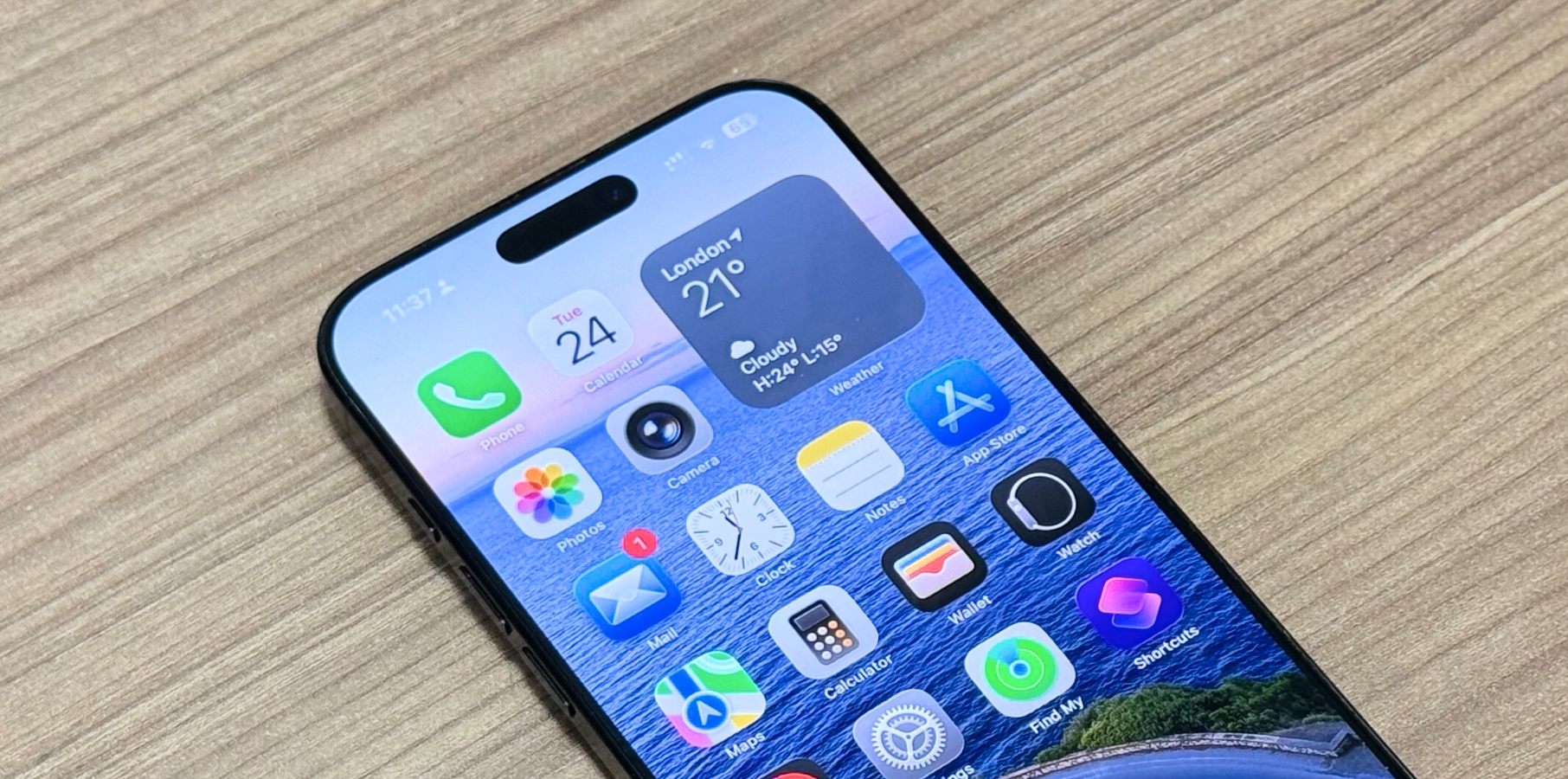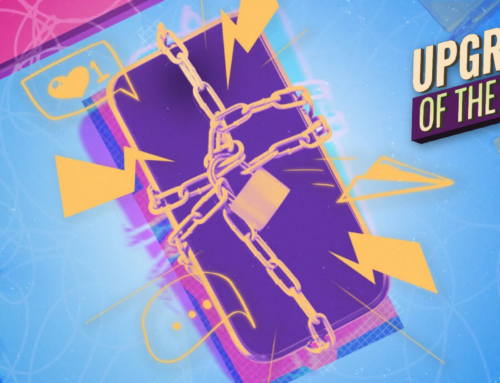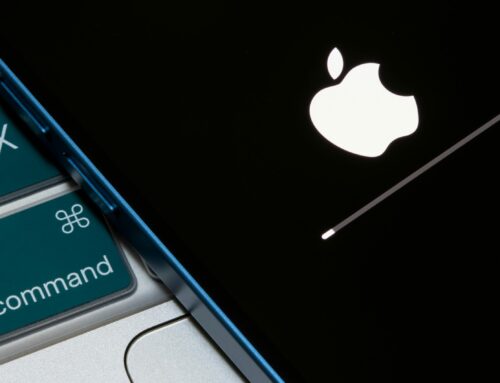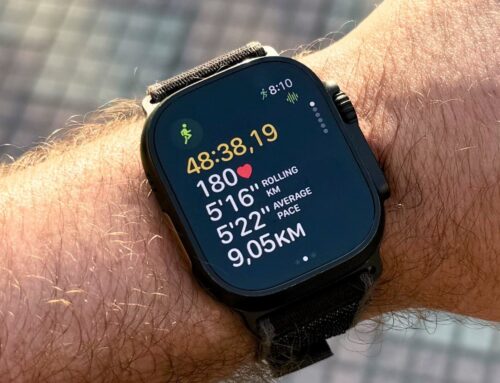
Image: José Adorno for BGR
As excited as we are about the upcoming iPhone 17 colors, there’s something far more important we should be watching out for: Whether Apple is finally going to improve the display on its next generation of smartphones. Don’t get me wrong, Apple offers one of the best screens available on any device. However, while it has become more fall-resistant over the years, it has also continued to struggle with abrasions and scratches.
That’s why a report suggesting Apple was working on a new scratch-resistant anti-reflective display layer for the upcoming iPhone 17 models had me so excited. Unfortunately, this rumor was later debunked as Apple wasn’t satisfied with the results it achieved.
Fortunately, MacRumors says Apple suppliers were actually able to achieve a “high enough yield on the anti-reflective glass to support mass production.” According to sources familiar with the matter, Apple plans to add this scratch-resistant anti-reflective display to the iPhone 17 Pro and iPhone 17 Pro Max models.
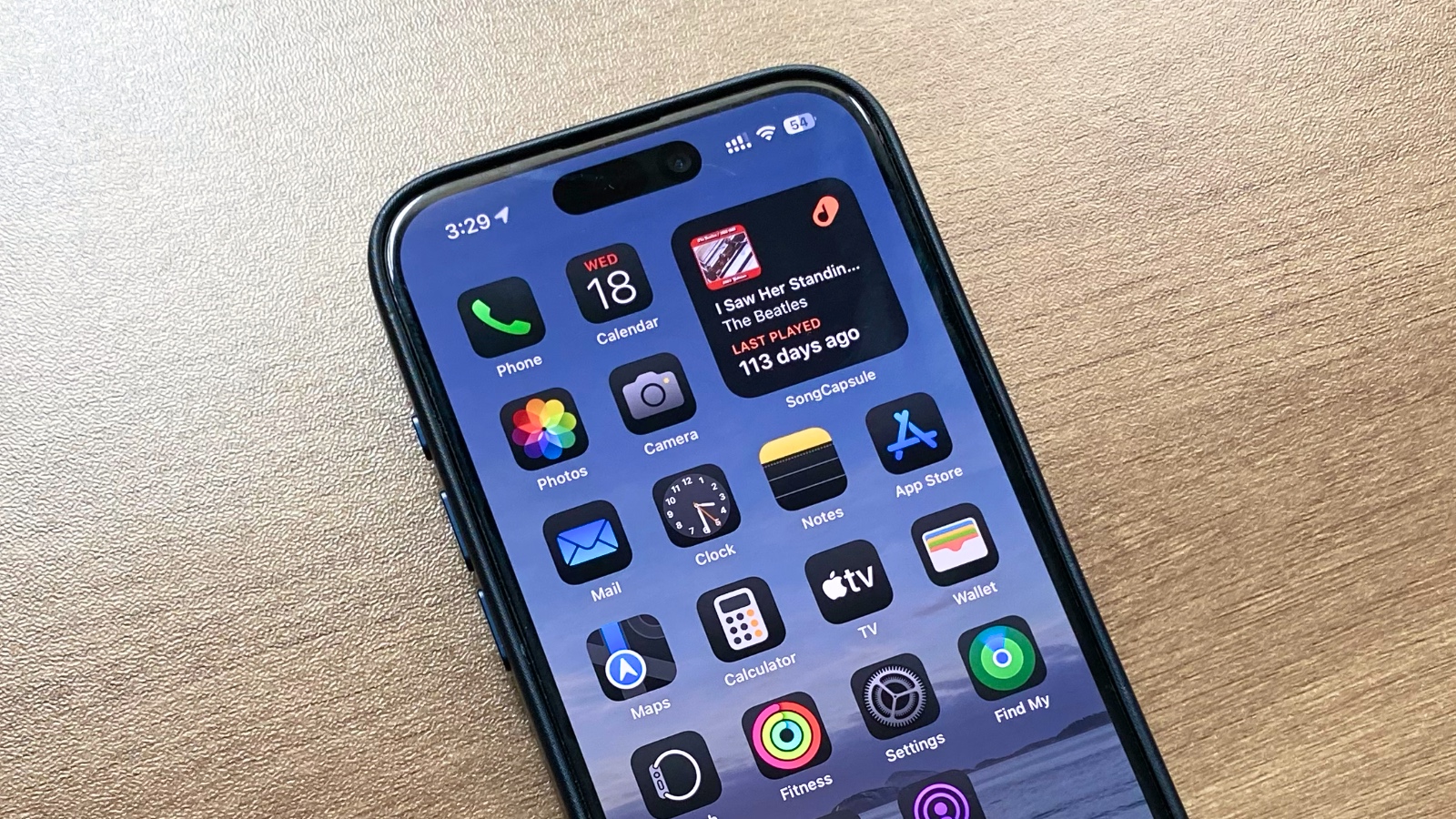 Image source: José Adorno for BGR
Image source: José Adorno for BGRWith that, we could see a less reflective and yet scratch-resistant display coming to Apple’s best phones, something Samsung did with the new S25 generation. While it doesn’t look like Apple will use the Gorilla Glass Armor technology, it seems the company was able to get something similar. In Gorilla Glass’s case, it’s able to cut down on reflection by up to 75% while improving contrast in bright lighting conditions.
Tech. Entertainment. Science. Your inbox.
Sign up for the most interesting tech & entertainment news out there.
While this feature isn’t coming to the iPhone 17 and iPhone 17 Air models, Apple might finally add ProMotion and Always-On Display technologies to these devices, even though some rumors suggest Apple might offer a fixed higher refresh rate for these models.
That said, the company has several new improvements expected for the iPhone 17 display, with even more coming in the following years, including a smaller Dynamic Island and, eventually, an all-display design with the Face ID and camera sensors underneath the panel.

